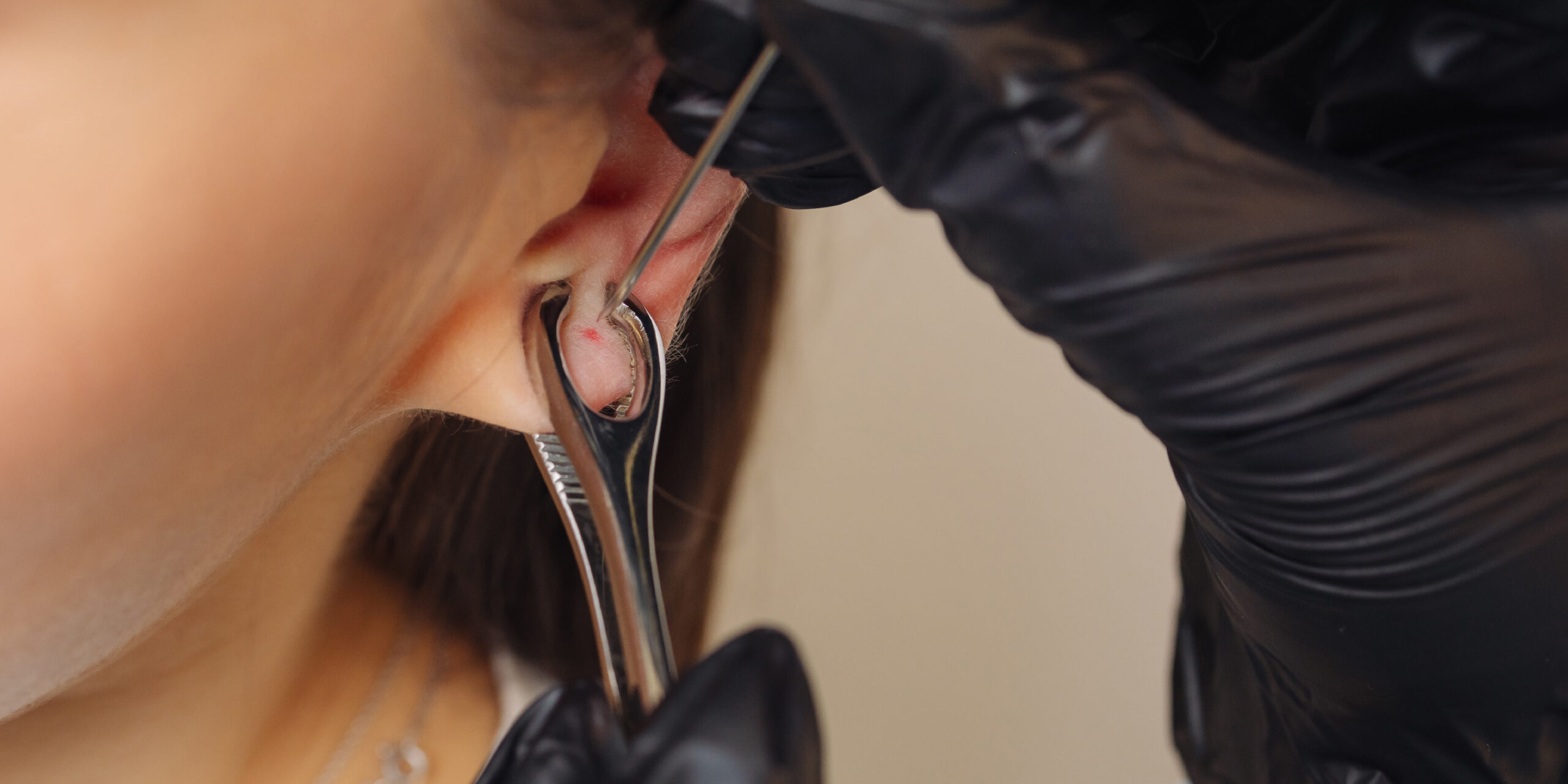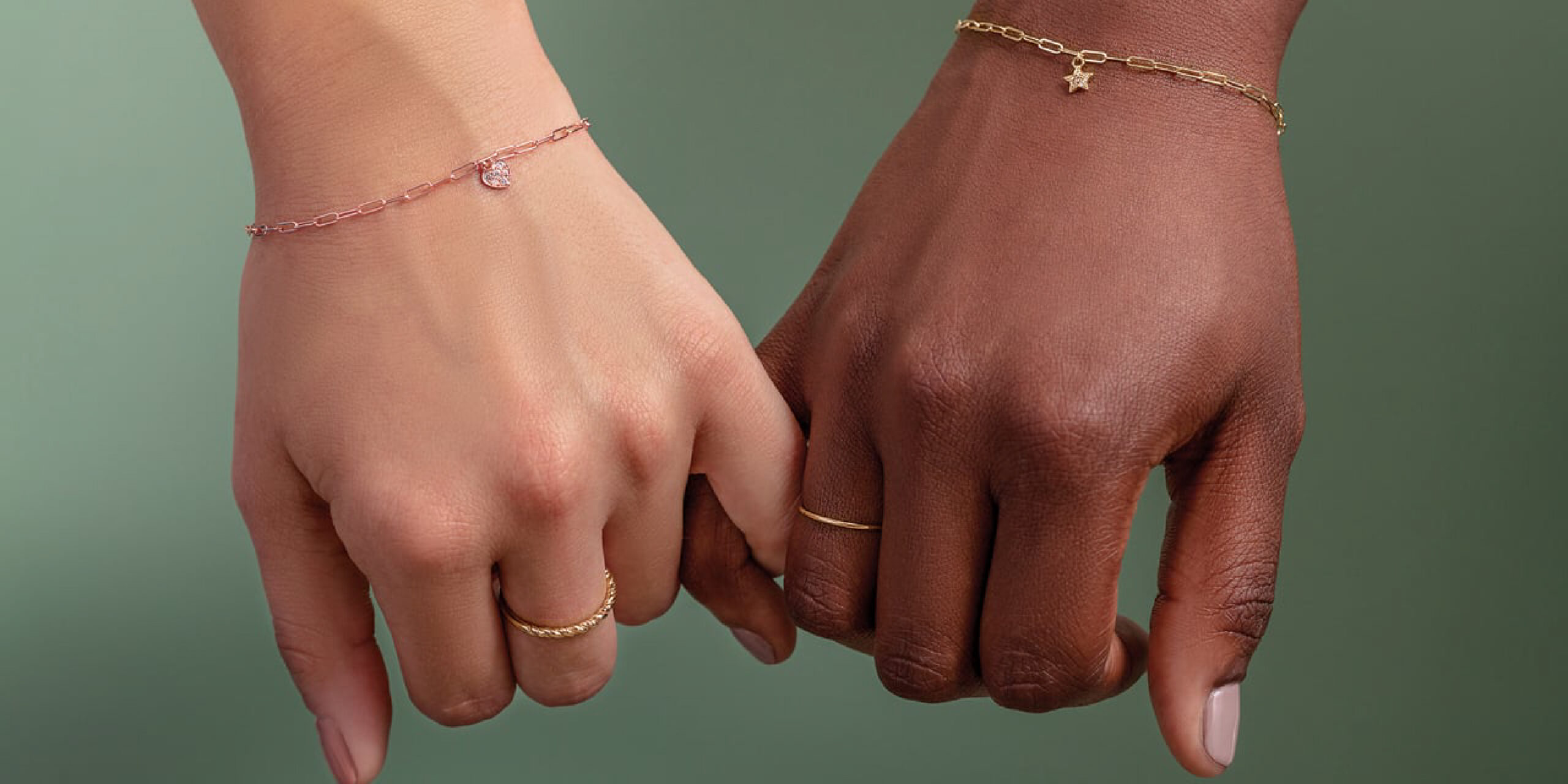Introduction:
Tattoos are often chosen with careful consideration, representing personal stories, beliefs, or moments in time. However, as life unfolds, the significance of a tattoo may change, leading some individuals to experience regret. Enter the art of cover-up tattoos—an ingenious way to transform an unwanted tattoo into a stunning masterpiece. In this blog post, we’ll delve into the world of cover-up tattoos, exploring the process, considerations, and skillful artistry that turns tattoo regret into a canvas of renewed self-expression.
Tattoos, as enduring expressions of self, sometimes evolve alongside our personal journeys. However, what once felt like the perfect ink can, over time, lose its resonance or meaning. Enter the art of cover-up tattoos—an ingenious way to transform regrettable or faded tattoos into captivating and meaningful works of art. This blog explores the transformative power of cover-up tattoos, shedding light on how skilled tattoo artists turn moments of regret into beautiful masterpieces.
Understanding Cover-Up Tattoos:
Cover-up tattoos involve concealing or transforming an existing tattoo by incorporating new designs, colors, or elements that effectively camouflage the original ink. This process requires meticulous planning and skillful execution to not only conceal the old tattoo but also create a cohesive and aesthetically pleasing new design that aligns with the client’s preferences.
Challenges and Considerations:
Design and Placement:
Tattoo artists face the challenge of working with the existing tattoo’s size, color, and placement while designing a cover-up.
The new design must strategically incorporate elements that effectively blend with or obscure the old tattoo without compromising the overall aesthetics.
Color and Contrast:
Cover-up tattoos often require darker or more vibrant colors to effectively conceal the underlying ink.
Artists must carefully choose colors and shading techniques to ensure the old tattoo is sufficiently masked.
Collaboration and Expectations:
Communication between the client and the tattoo artist is crucial to understand expectations, preferences, and limitations.
Realistic discussions about what can be achieved with a cover-up help manage expectations and ensure satisfaction with the final result.
Artistic Mastery in Cover-Up Tattoos:
Creative Ingenuity:
Talented tattoo artists showcase their creativity and artistic prowess in cover-up tattoos.
They skillfully incorporate intricate designs, clever shading, and strategic placement to seamlessly integrate the new artwork with the old tattoo.
Adaptability and Resourcefulness:
Artists adapt their techniques to address the challenges posed by different types of existing tattoos, whether it’s faded, densely inked, or intricate.
Resourcefulness comes into play as they utilize innovative design elements or optical illusions to divert attention from the original tattoo.
Empathy and Collaboration:
Empathetic artists understand the emotional aspect of covering up a tattoo that holds sentimental value or represents a significant memory.
Collaborating closely with clients allows artists to create designs that not only conceal but also imbue the new tattoo with personal significance or symbolism.
Embracing Transformation:
Symbolism and Rebirth:
Cover-up tattoos offer individuals a chance for symbolic rebirth—a transformation that represents personal growth, change, or new beginnings.
The act of covering up a tattoo can be a cathartic experience, symbolizing leaving behind the past and embracing a new chapter.
Self-Acceptance and Empowerment:
For individuals with tattoos they regret, cover-ups provide a sense of empowerment and control over their body art.
Embracing the process of transformation fosters self-acceptance and a positive outlook on personal change.
Celebrating Imperfections:
Cover-up tattoos embrace the imperfections of the past while celebrating the journey that led to the present.
They serve as a reminder that mistakes or regrets can be transformed into something beautiful and meaningful.
The Impact of Cover-Up Tattoos:
Artistic Evolution:
The art of cover-up tattoos highlights the evolution and versatility of tattooing as an art form.
It showcases the skill and adaptability of tattoo artists in turning challenges into opportunities for creative expression.
Emotional Healing:
Beyond the physical transformation, cover-up tattoos contribute to emotional healing and closure for individuals seeking a fresh start.
They serve as a visual representation of resilience and the capacity to overcome regrets.
Community and Support:
Communities of individuals sharing cover-up stories and transformations foster a sense of support and encouragement.
They create spaces for sharing experiences, offering guidance, and celebrating the journeys of self-discovery through ink.
Conclusion:
Cover-up tattoos transcend the mere act of concealing old ink—they symbolize resilience, transformation, and the beauty of embracing change. Skilled tattoo artists harness their creativity and empathy to turn moments of regret into compelling and deeply meaningful artworks. Each cover-up tattoo represents not just a new design, but a story of personal evolution, self-acceptance, and the beauty found in the transformative power of art.
As individuals proudly showcase their cover-up masterpieces, they stand as living testaments to the limitless possibilities of turning regret into a canvas for new beginnings. Cover-up tattoos not only redefine the canvas of the body but also serve as a testament to the resilience and creativity that can arise from the human experience of transformation and self-discovery.
Visit our Toronto or Montreal locations for any tattoo or piercing needs.













